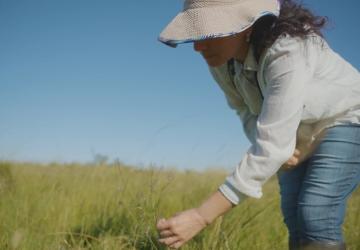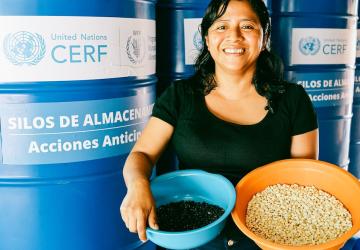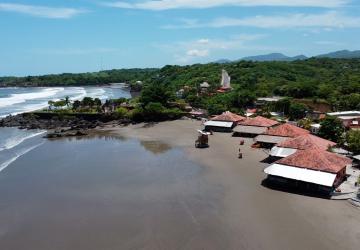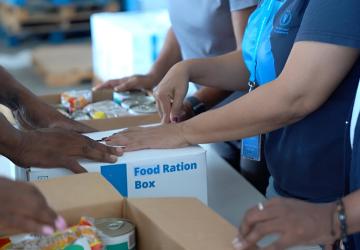Game-Changers: Towards Sustainable Food Systems, How to feed, not deplete the world
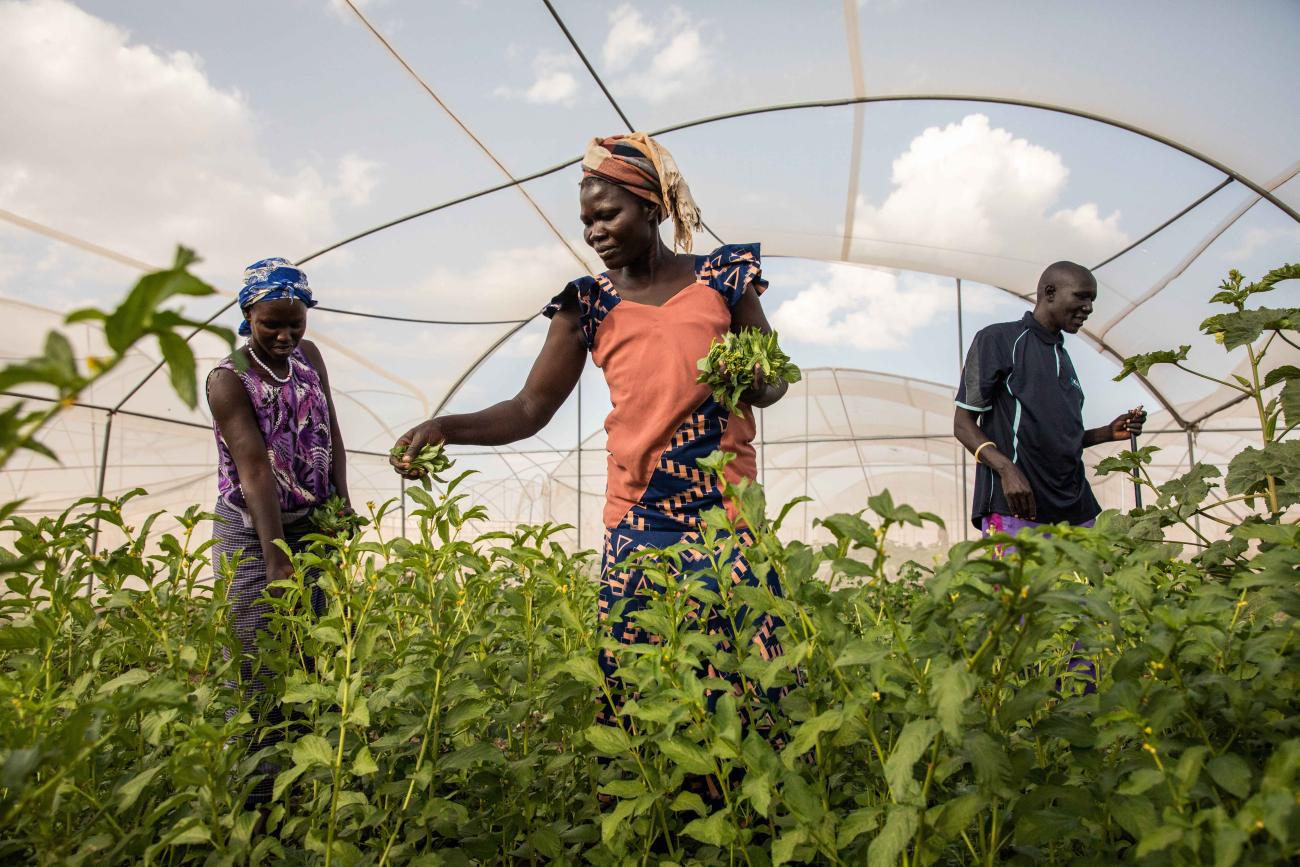
'Game-Changers’ is a new editorial series from the UN Development Coordination Office (DCO) on key transitions that the UN Secretary-General has called for, to advance progress towards the Sustainable Development Goals (SDGs), catalyzing a more sustainable and equitable future. This series explores the progress achieved since the adoption of the SDGs in 2015 in key areas and how the UN is supporting this progress. The world needs renewed ambition and action to deliver these Goals at scale.
Today, with one-third of all food produced globally ending up lost or wasted and more than three billion people unable to afford healthy diets, the question of how we produce, trade and consume food in a sustainable manner has come to the fore. As the global population continues to rise, this cycle, which is known as a ‘food system’, is failing in its primary purpose to end hunger and deliver food security and nutrition for all.
As the UN Secretary-General has said, “In a world of plenty, it is outrageous that people continue to suffer and die from hunger.”
We must transition towards a system that balances the need for food production with the urgent demand for climate action, sustainable agriculture and healthy, affordable, diets for all.
Where was the world in 2015?
When the SDGs were adopted in 2015:
- More than 795 million people (or 11 per cent of the global population) were facing hunger. Hunger rates in countries enduring protracted crises were more than three times higher than elsewhere.
- The growth and development of 159 million children, (24.6 per cent) under 5 years old was impaired or ‘stunted’ due to poor nutrition.
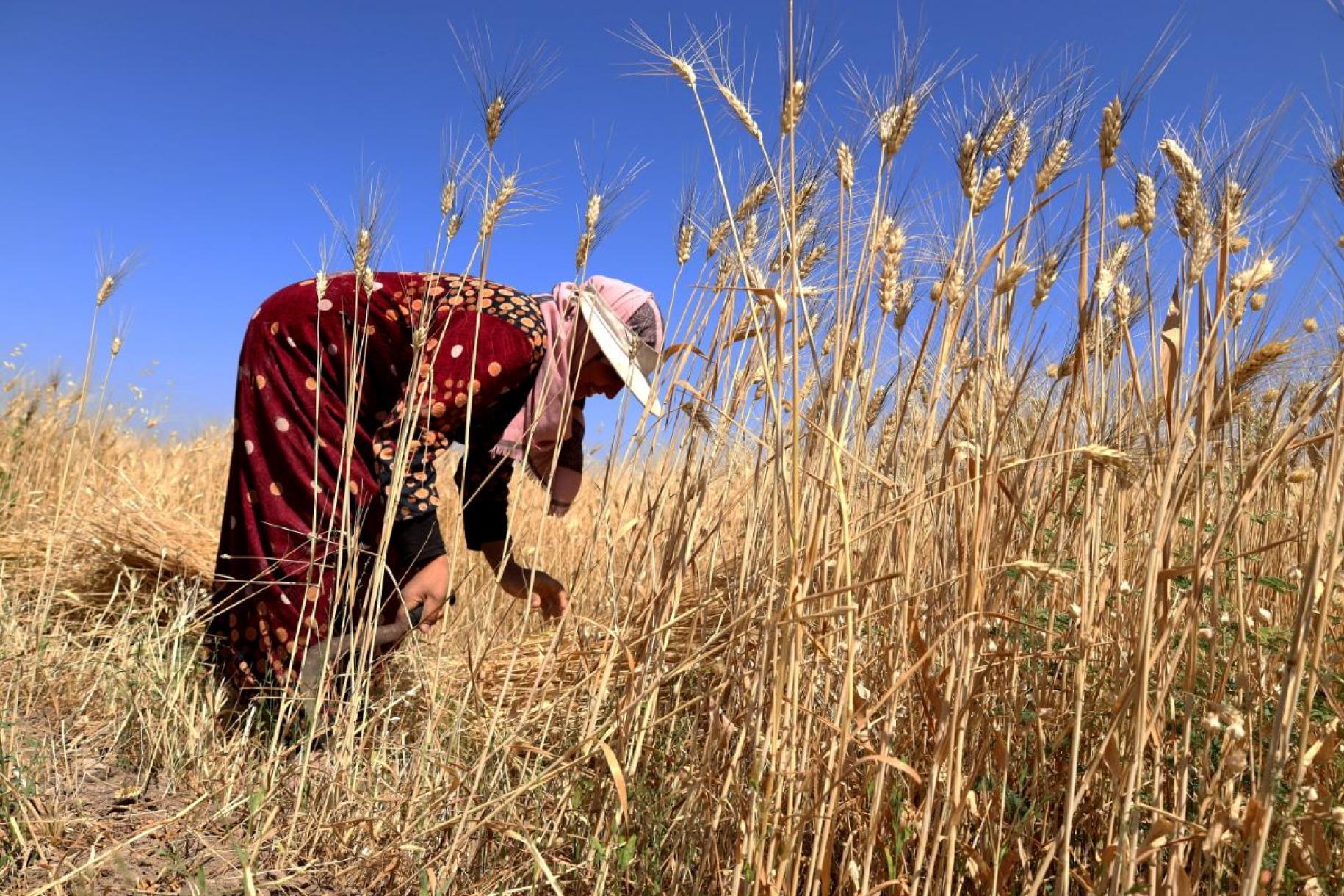
Where are we in 2023 at half-time?
- The prevalence of hunger has dropped only marginally since 2015, to 9.2 per cent of the global population. Progress has been frustrated by the COVID-19 pandemic and the rise in climate shocks and conflict, including the Russian invasion of Ukraine which has driven up the costs of food, fuel and fertilizers.
- Last year, approximately 735 million people faced hunger, which is still well above the pre-pandemic level, and 148 million children still faced stunting from poor nutrition; just over 2 per cent decrease since 2015.
- At the same time, not enough is being done to support developing economies adapt their food production to the impacts of climate change. Small-scale farmers from developing countries produce one third of the world’s food, yet they receive only 1.7 per cent of climate finance.
How can a food systems transition make a difference?
With most of the world’s extremely poor living in rural areas and relying on agriculture to survive, efforts to transform global food production go hand in hand with increasing the productivity and incomes of farmers. Doing so would lead to the restoration of degraded land and will prevent further deforestation for food production, helping mitigate the effects of climate change.
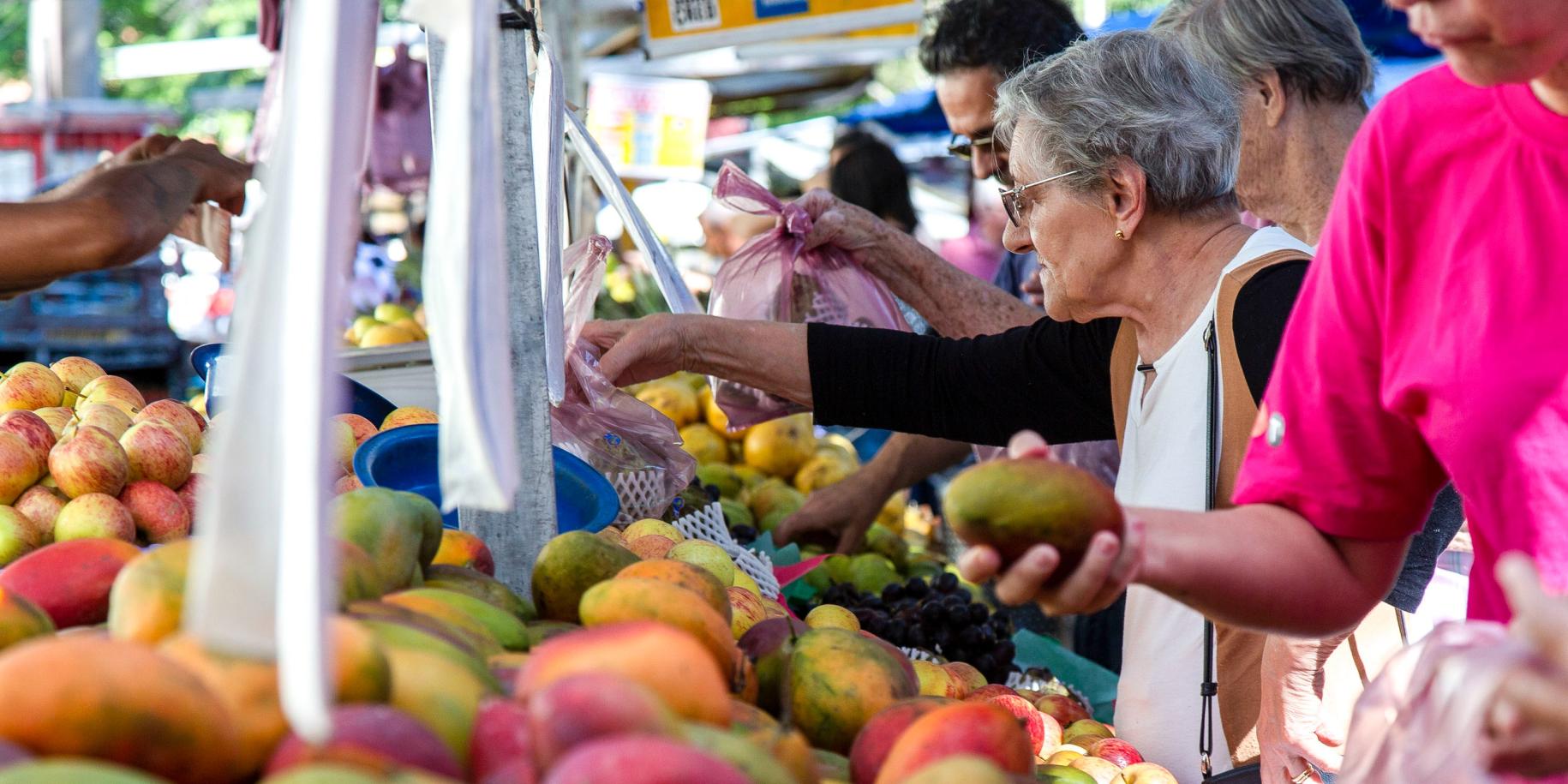
What is the UN doing about this?
Under the convening of the UN Secretary-General, Antonio Guterres, the UN system, world leaders, civil society and private sectors partners gathered at the UN Food Systems Summit in Rome in 2021 and a subsequent ‘stocktaking moment’ in 2023 to transform these failing food systems. The Summit has provided a platform for countries to share their food systems journeys and led to the launch of the Secretary-General's Call to Action for accelerated Food Systems Transformation.
At the national level, this shift is being supported by UN country teams on the ground, and backed by the knowledge, expertise and convening power of the Resident Coordinator system.
Spotlight countries: Gran Chaco Americano
The Gran Chaco region of Latin America, which extends through areas of Argentina, Bolivia and Paraguay, has the largest dry forest in the world, and is home to more than 9 million people. Yet high temperatures and prolonged droughts, make this region and its inhabitants particularly vulnerable to the effects of climate change and in desperate need of more resilient food systems.
Recognizing these pressures, the UN Resident Coordinators in Argentina, Bolivia and Paraguay have joined forces, along with their UN country teams to help create joint pathways for sustainable food systems to be adopted at scale.
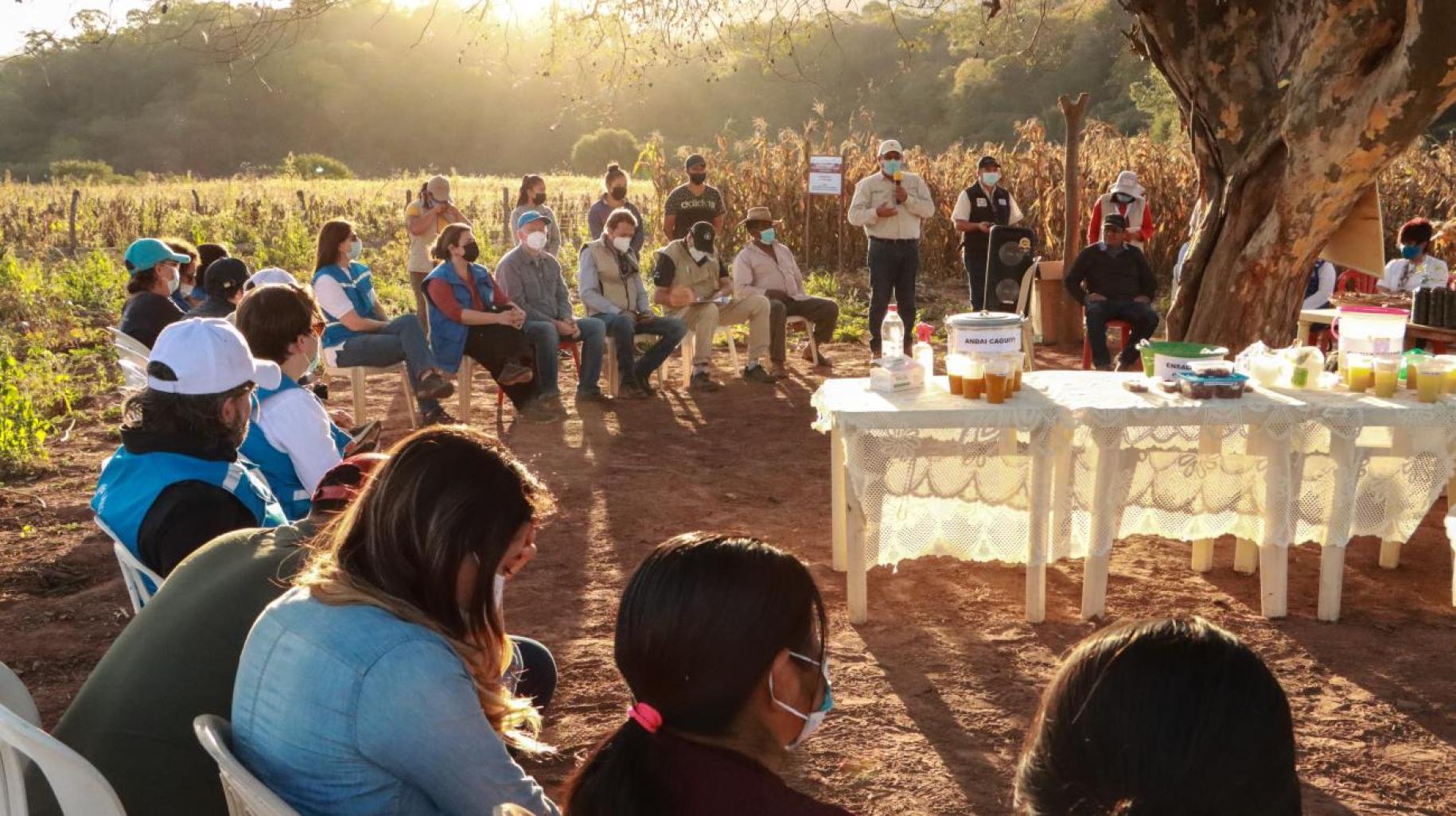
Earlier this year, the three Resident Coordinators set off on a joint mission through the region to engage with key members of the indigenous community, smallholder farmers, civil society and local government to design shared proposals that not only accelerate systemic climate action and boost the resilience of food production methods, but also tackle the region’s growing economic and social divides.
Understanding that too many of today’s challenges, including those which are climate-related, know no country borders, the Resident Coordinators are helping their host governments articulate a common vision for food systems transformation and advancing shared data systems and policy pathways, to make this systemic shift a long-term reality.
Learn more about other examples on what the UN is doing to support this transition:
Jordan’s farmers respond to water scarcity woes with innovation | United Nations DCO (un-dco.org)
Transforming Global Food Systems I Joint SDG Fund (jointsddfund.org)



